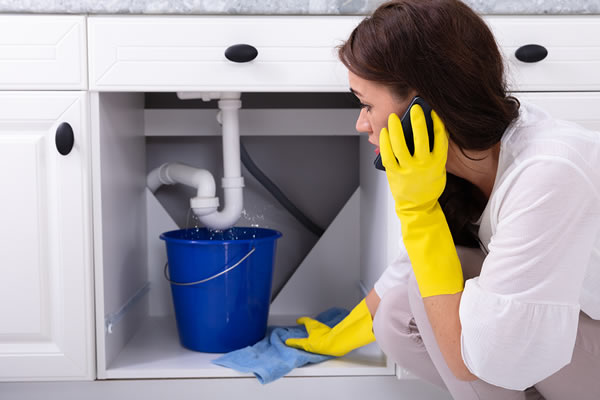How to Check If Your Home Has a Covert Leak
How to Check If Your Home Has a Covert Leak
Blog Article
The author is making several great annotation on Top leak detection hacks in general in this great article on the next paragraphs.

Early discovery of leaking water lines can alleviate a possible disaster. Some small water leaks may not be noticeable.
1. Analyze the Water Meter
Every home has a water meter. Checking it is a surefire way that helps you find leaks. For beginners, switch off all the water resources. Make sure nobody will flush, make use of the tap, shower, run the washing machine or dishwasher. From there, most likely to the meter as well as watch if it will transform. Given that nobody is using it, there need to be no motions. If it moves, that suggests a fast-moving leakage. Furthermore, if you find no changes, wait a hr or more and examine back once more. This suggests you may have a slow-moving leak that could also be below ground.
2. Check Water Intake
If you detect sudden modifications, despite your intake being the same, it implies that you have leakages in your plumbing system. An abrupt spike in your expense indicates a fast-moving leakage.
At the same time, a constant boost each month, despite having the same habits, reveals you have a sluggish leakage that's likewise slowly intensifying. Call a plumber to completely inspect your residential or commercial property, especially if you really feel a cozy location on your flooring with piping beneath.
3. Do a Food Coloring Examination
30% comes from commodes when it comes to water consumption. Test to see if they are running properly. Drop flecks of food shade in the container and wait 10 minutes. There's a leak in between the tank and bowl if the shade somehow infiltrates your bowl throughout that time without flushing.
4. Asses Exterior Lines
Do not fail to remember to inspect your outside water lines also. Should water seep out of the link, you have a loosened rubber gasket. One little leakage can squander tons of water and also increase your water expense.
5. Assess the situation and examine
Home owners need to make it a behavior to examine under the sink counters as well as even inside cupboards for any kind of bad odor or mold and mildew growth. These 2 warnings indicate a leakage so timely interest is needed. Doing regular assessments, even bi-annually, can save you from a significant issue.
Inspect for discolorations as well as weakening as a lot of pipes and home appliances have a life span. If you believe leaking water lines in your plumbing system, do not wait for it to rise.
Early detection of leaking water lines can minimize a potential catastrophe. Some little water leakages may not be visible. Inspecting it is a guaranteed means that aids you uncover leakages. One tiny leak can lose bunches of water and spike your water bill.
If you suspect dripping water lines in your plumbing system, do not wait for it to rise.
WARNING SIGNS OF WATER LEAKAGE BEHIND THE WALL
PERSISTENT MUSTY ODORS
As water slowly drips from a leaky pipe inside the wall, flooring and sheetrock stay damp and develop an odor similar to wet cardboard. It generates a musty smell that can help you find hidden leaks.
MOLD IN UNUSUAL AREAS
Mold usually grows in wet areas like kitchens, baths and laundry rooms. If you spot the stuff on walls or baseboards in other rooms of the house, it’s a good indicator of undetected water leaks.
STAINS THAT GROW
When mold thrives around a leaky pipe, it sometimes takes hold on the inside surface of the affected wall. A growing stain on otherwise clean sheetrock is often your sign of a hidden plumbing problem.
PEELING OR BUBBLING WALLPAPER / PAINT
This clue is easy to miss in rooms that don’t get much use. When you see wallpaper separating along seams or paint bubbling or flaking off the wall, blame sheetrock that stays wet because of an undetected leak.
BUCKLED CEILINGS AND STAINED FLOORS
If ceilings or floors in bathrooms, kitchens or laundry areas develop structural problems, don’t rule out constant damp inside the walls. Wet sheetrock can affect adjacent framing, flooring and ceilings.
https://www.servicemasterbyzaba.com/blog/how-to-detect-water-leakage-in-walls/

I stumbled upon that blog posting on Locating water leaks when doing a search on the search engines. If you liked our article please do not forget to share it. We value reading our article about Finding hidden leaks.
Report this page